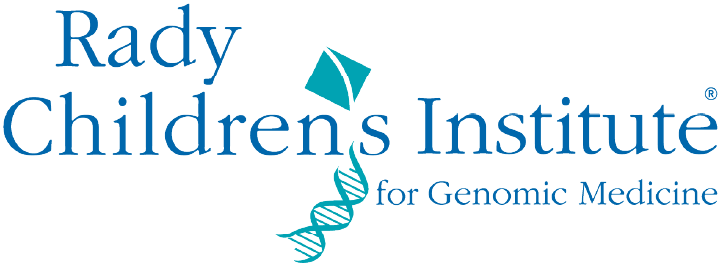Am J Med Genet A. 2023 Jan 18. doi: 10.1002/ajmg.a.63097. Online ahead of print.
ABSTRACT
Increasing use of unbiased genomic sequencing in critically ill infants can expand understanding of rare diseases such as Kabuki syndrome (KS). Infants diagnosed with KS through genome-wide sequencing performed during the initial hospitalization underwent retrospective review of medical records. Human phenotype ontology terms used in genomic analysis were aggregated and analyzed. Clinicians were surveyed regarding changes in management and other care changes. Fifteen infants met inclusion criteria. KS was not suspected prior to genomic sequencing. Variants were classified as Pathogenic (n = 10) or Likely Pathogenic (n = 5) by American College of Medical Genetics and Genomics Guidelines. Fourteen variants were de novo (KMT2D, n = 12, KDM6A, n = 2). One infant inherited a likely pathogenic variant in KMT2D from an affected father. Frequent findings involved cardiovascular (14/15) and renal (7/15) systems, with palatal defects also identified (6/15). Three infants had non-immune hydrops. No minor anomalies were universally documented; ear anomalies, micrognathia, redundant nuchal skin, and hypoplastic nails were common. Changes in management were reported in 14 infants. Early use of unbiased genome-wide sequencing enabled a molecular diagnosis prior to clinical recognition including infants with atypical or rarely reported features of KS while also expanding the phenotypic spectrum of this rare disorder.
PMID:36651673 DOI:10.1002/ajmg.a.63097
